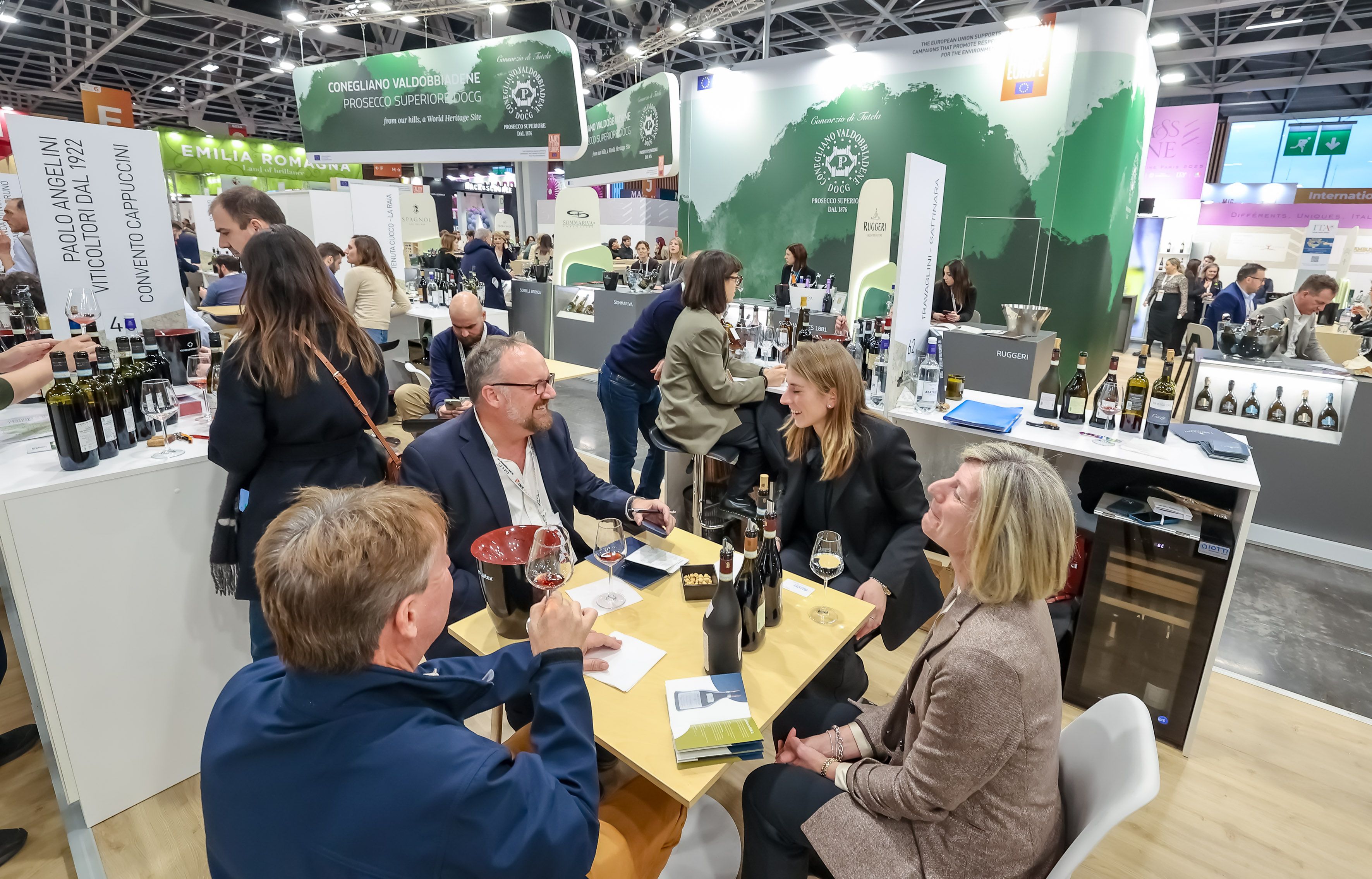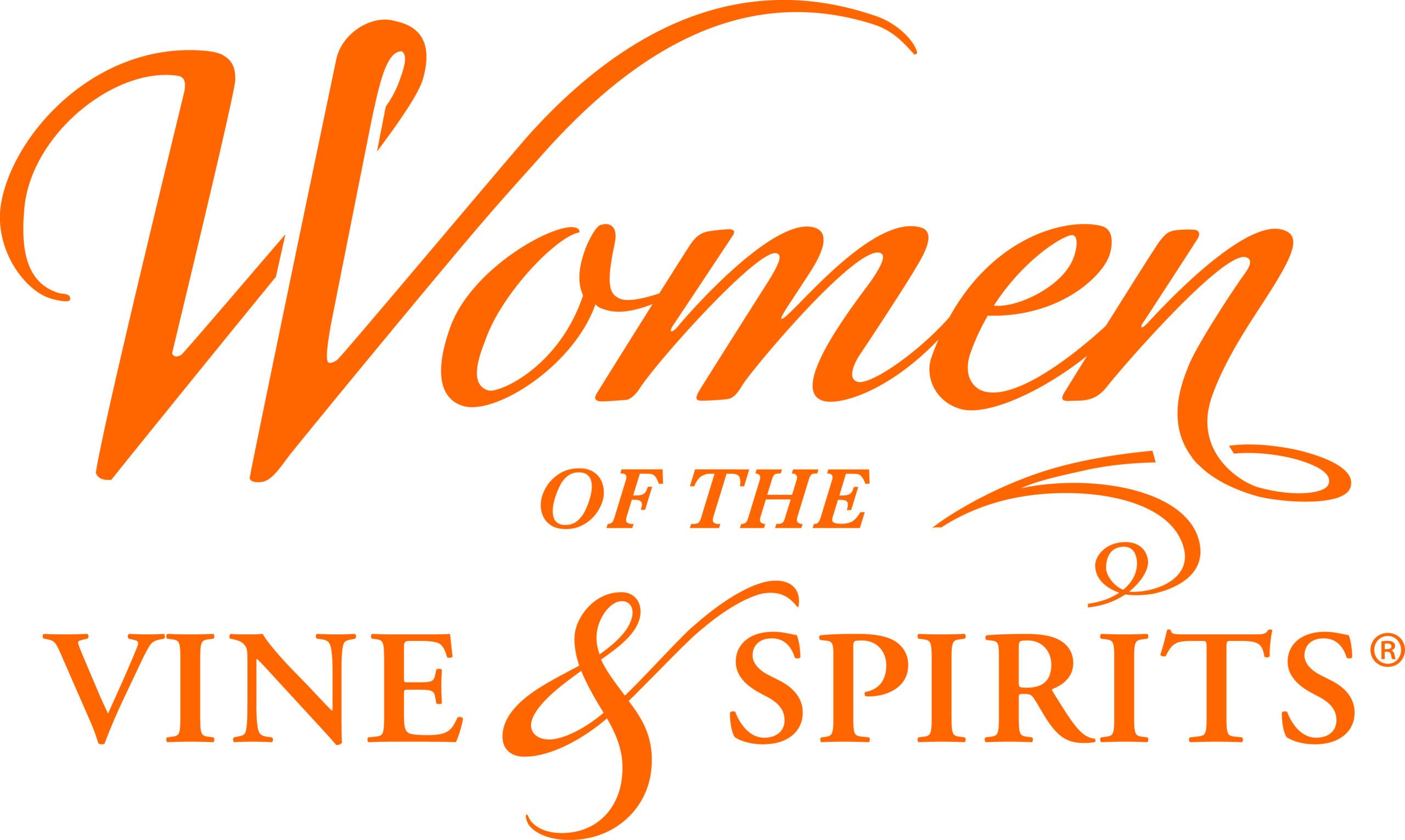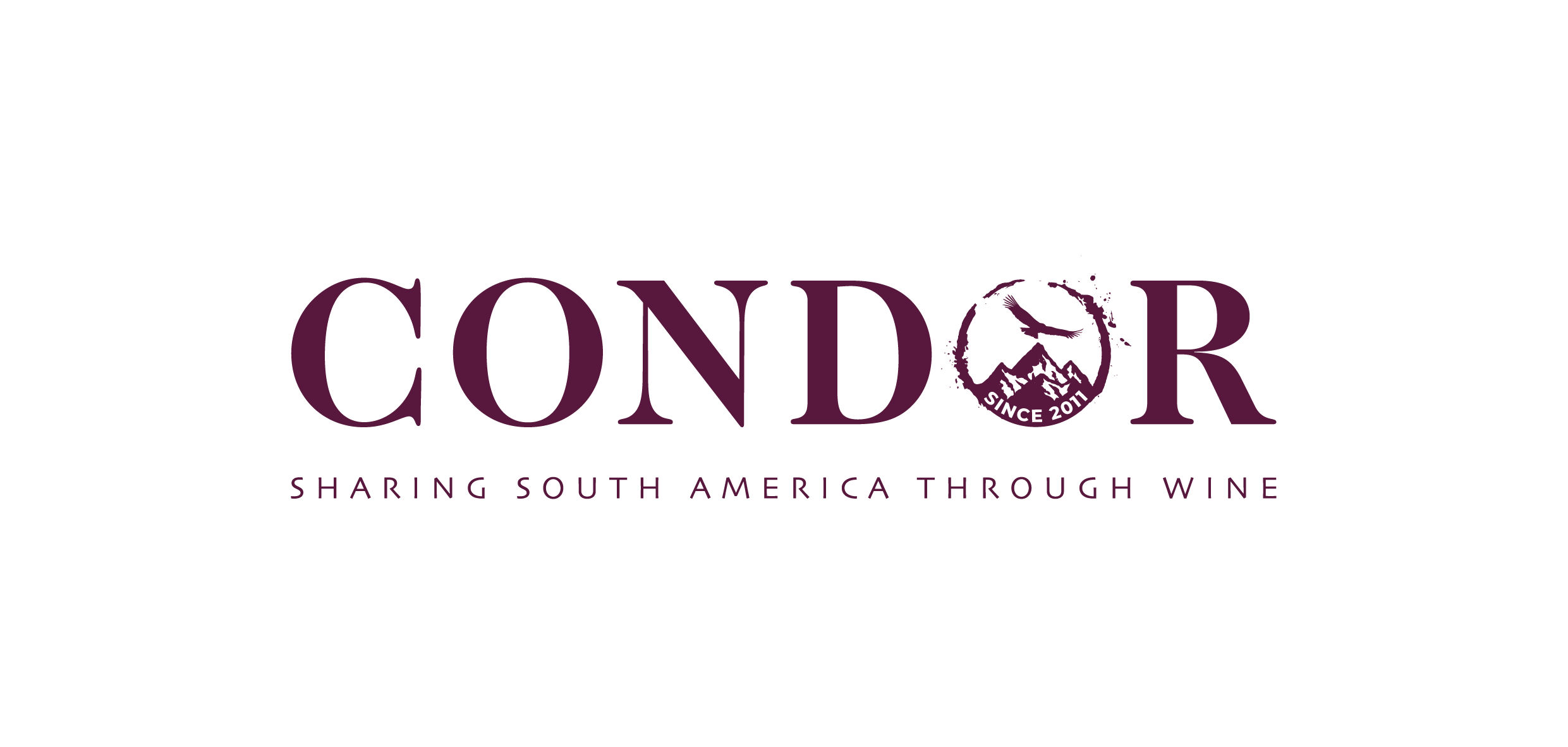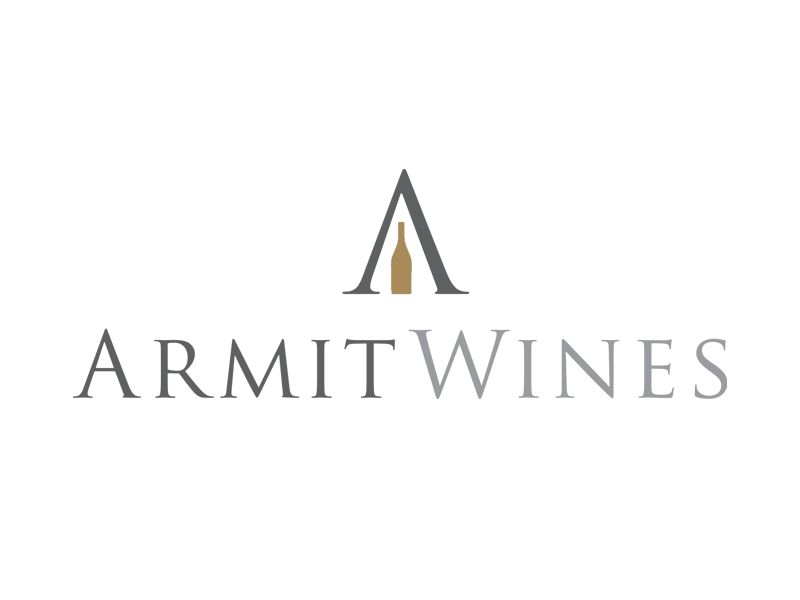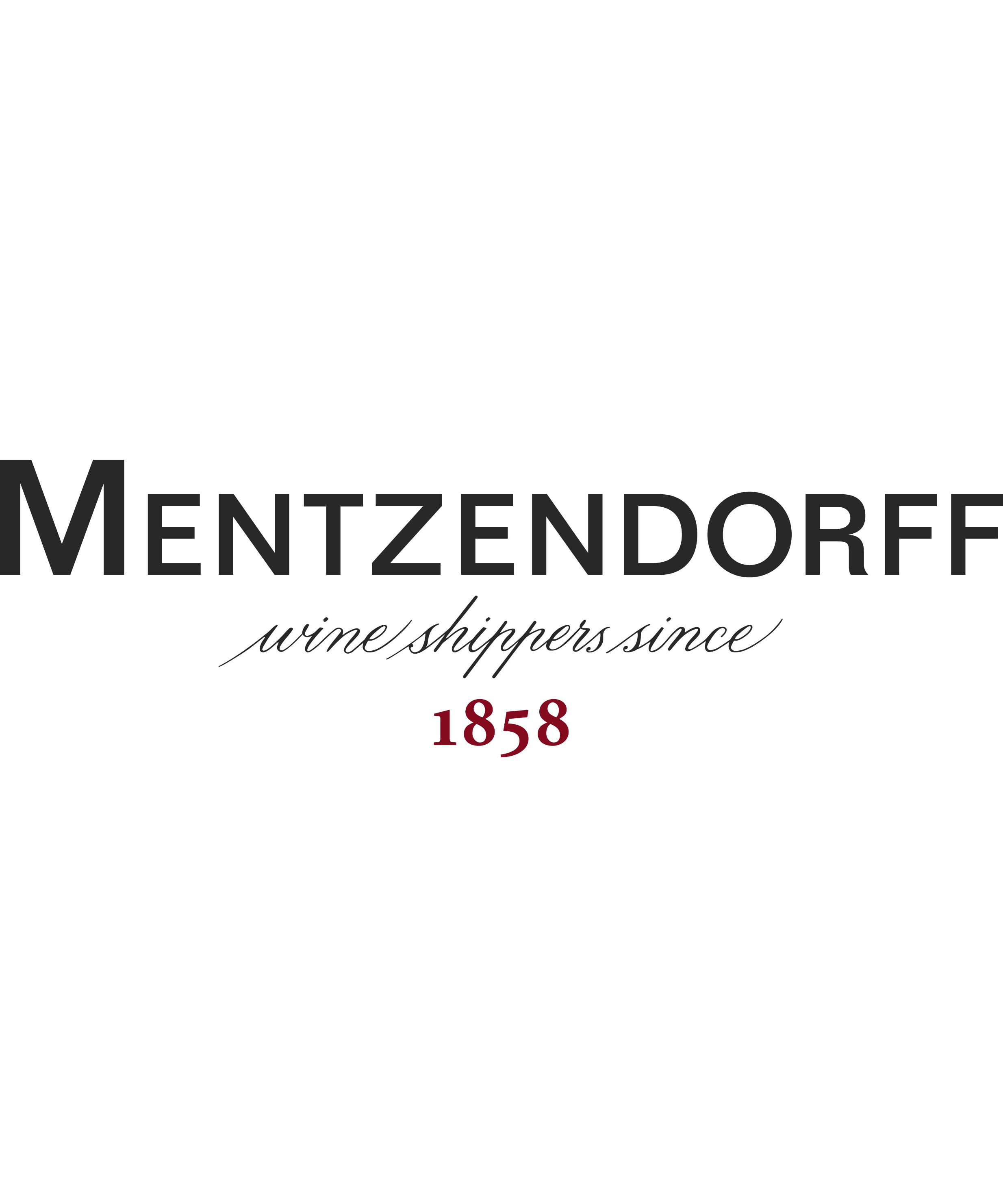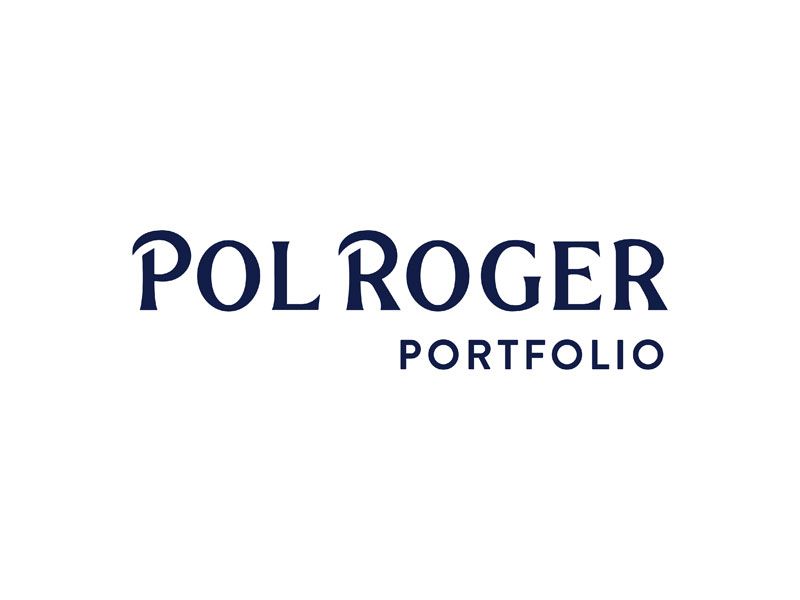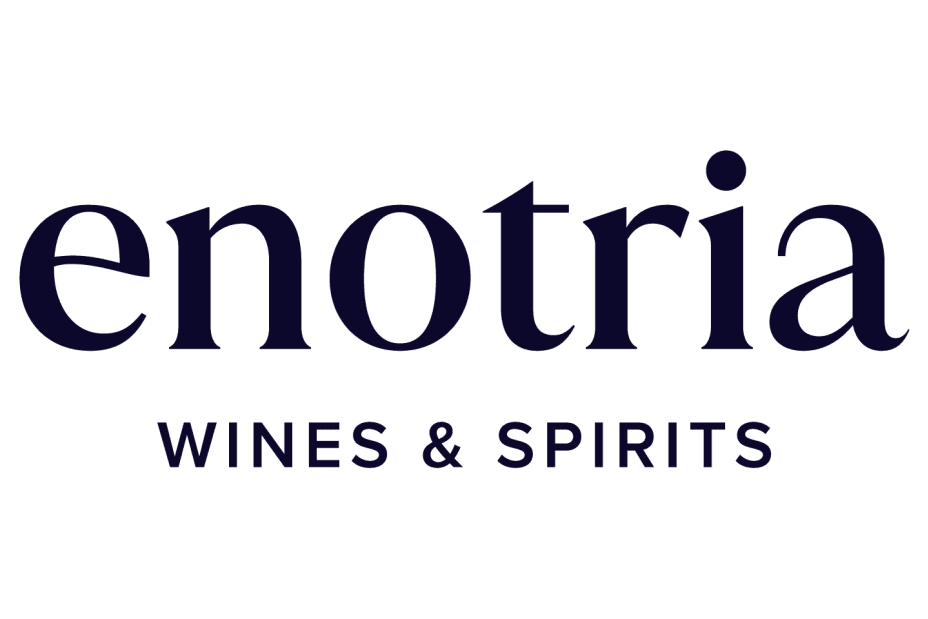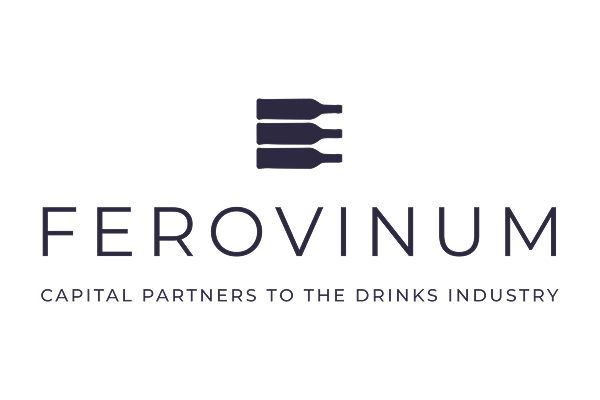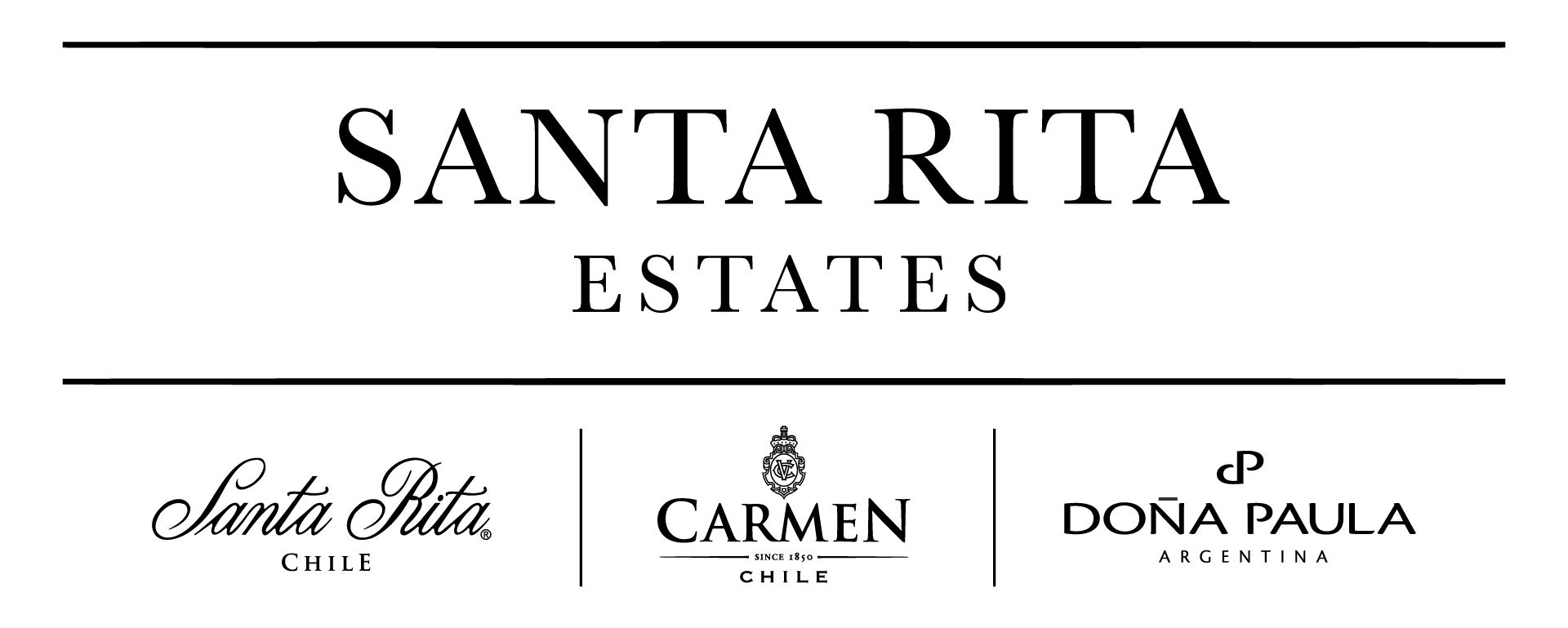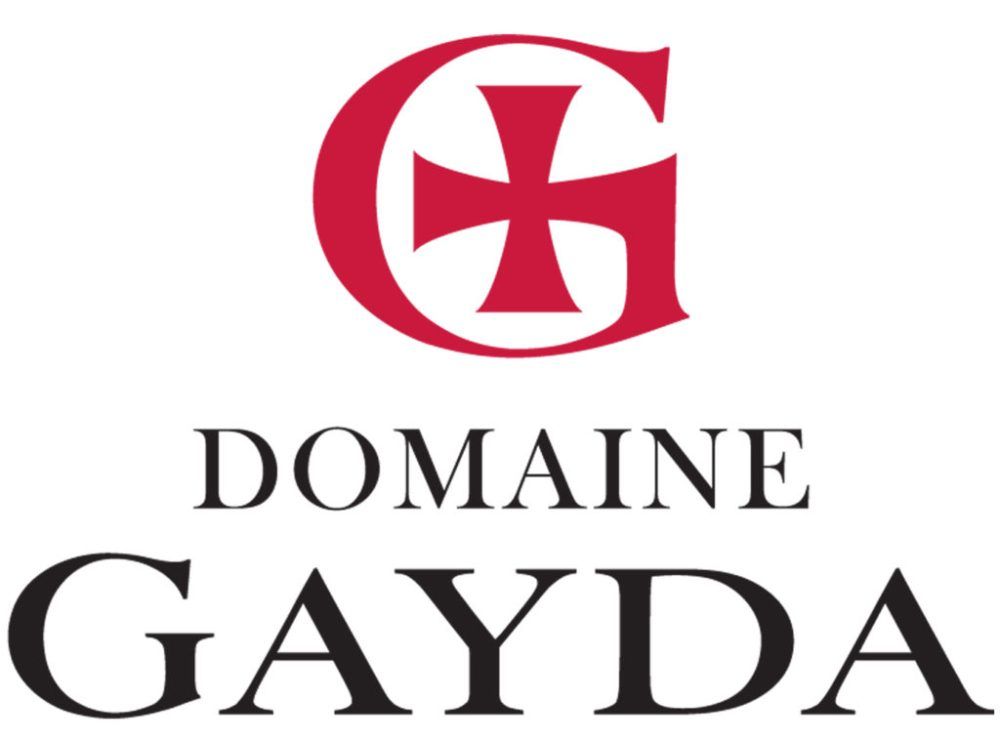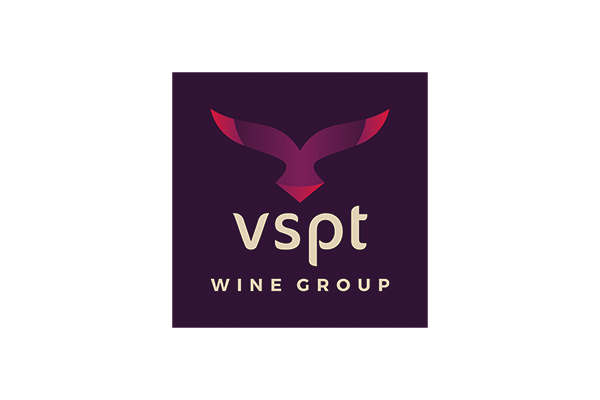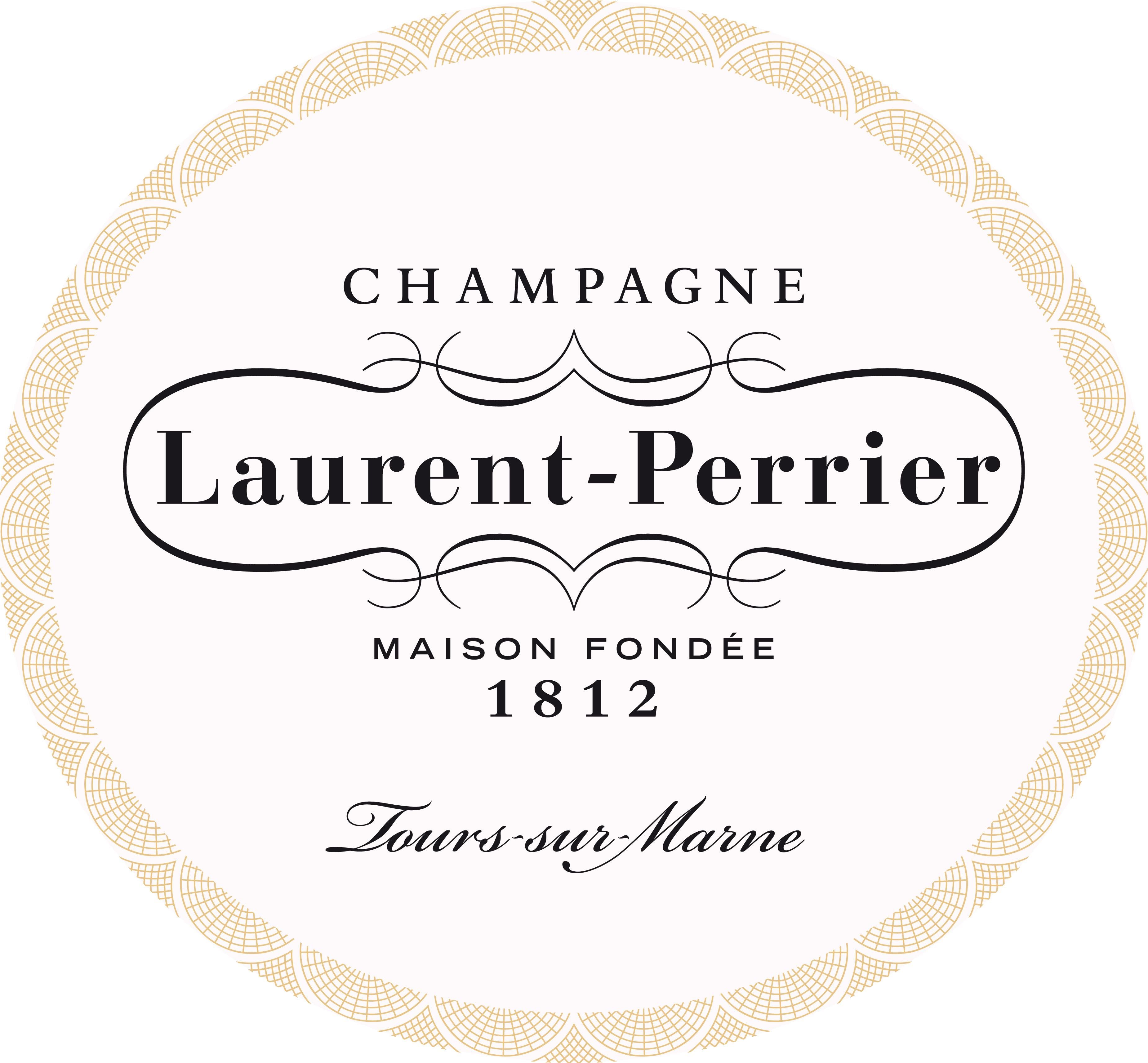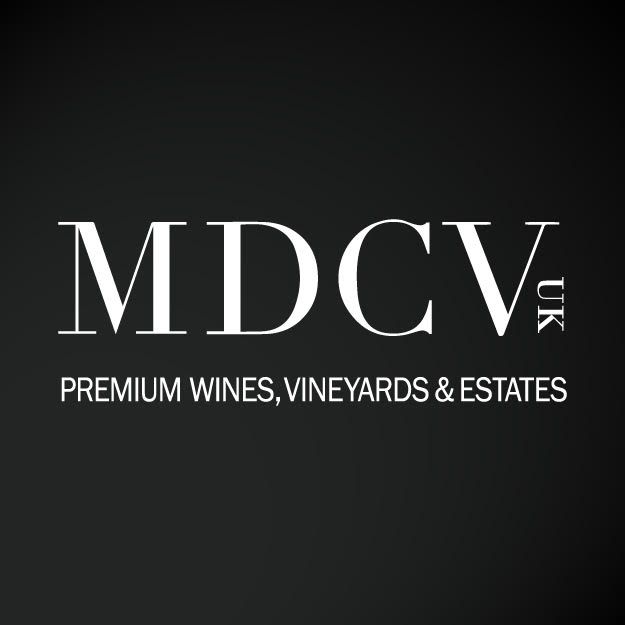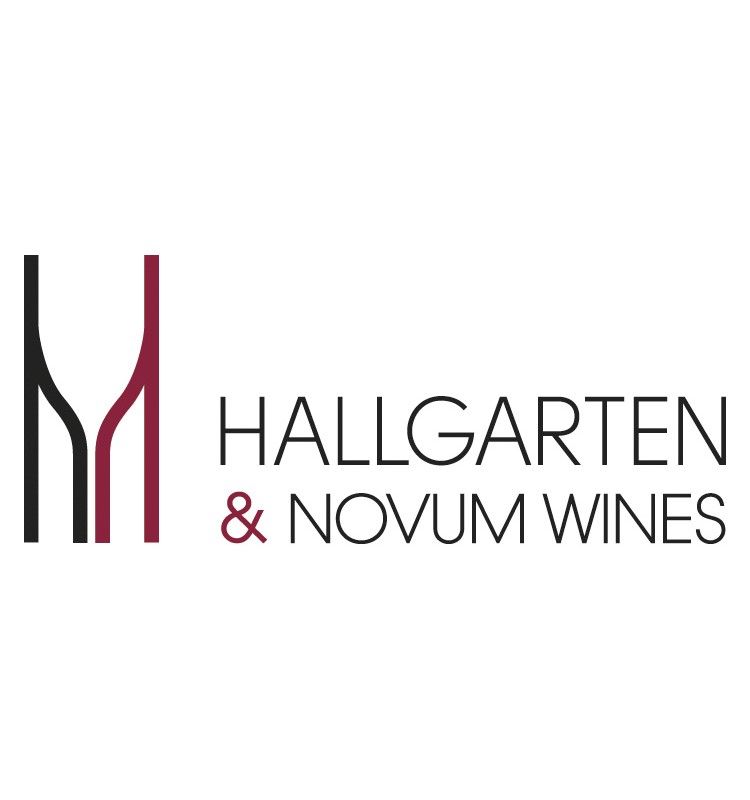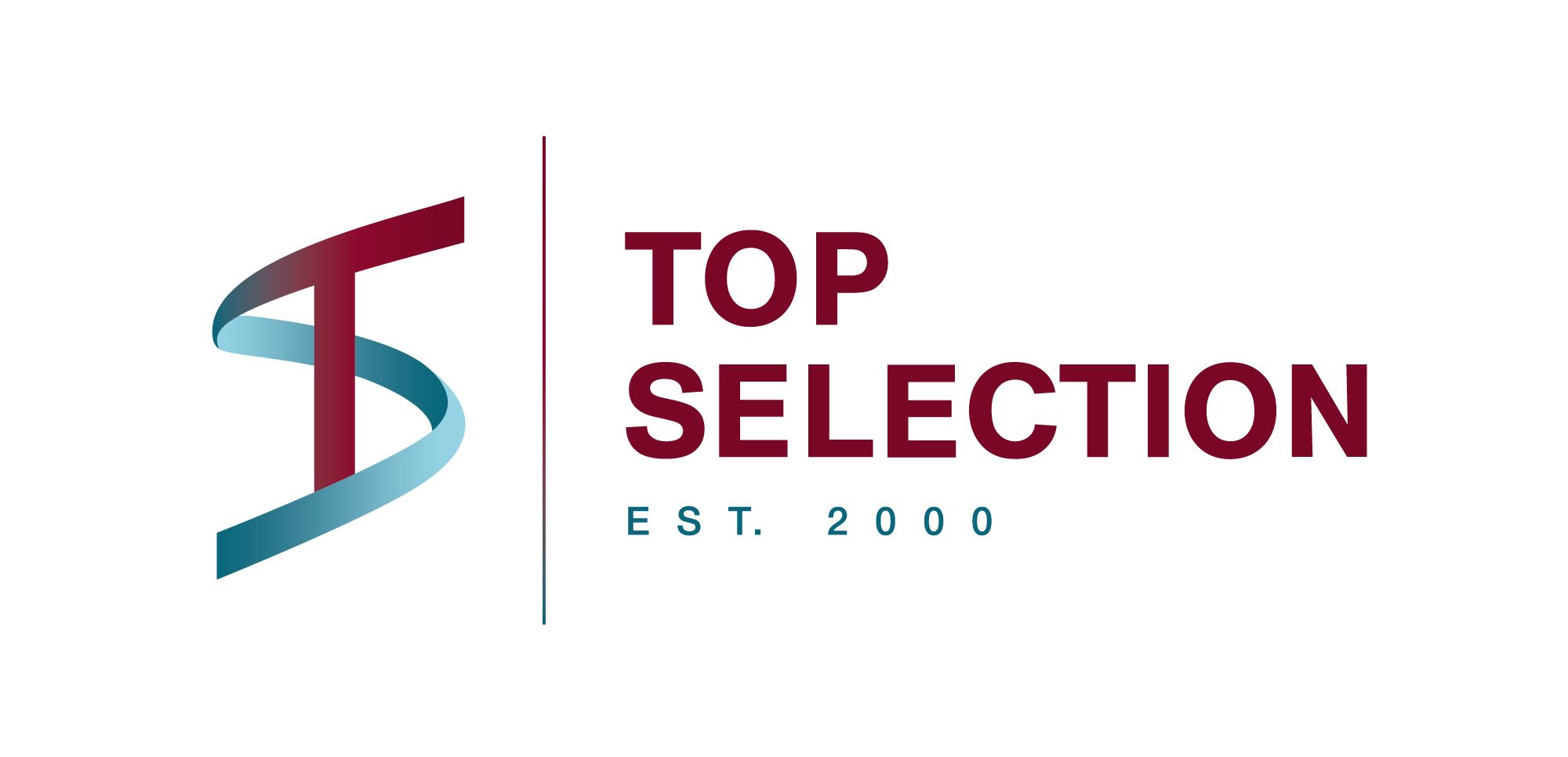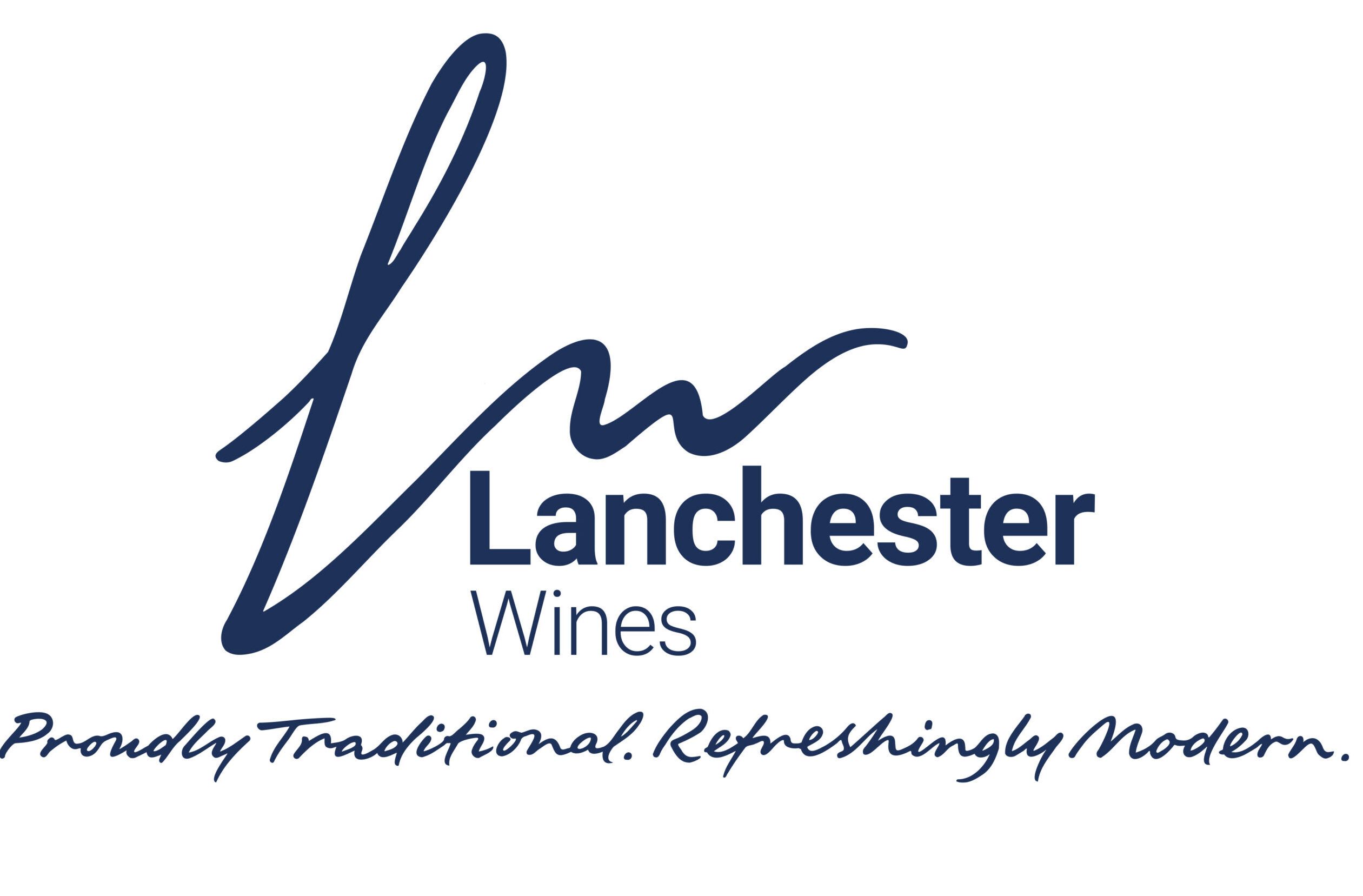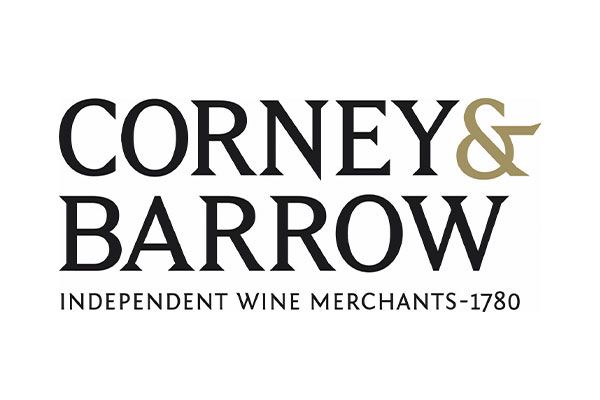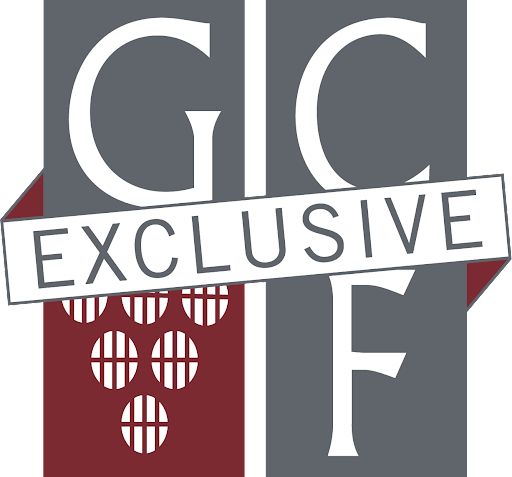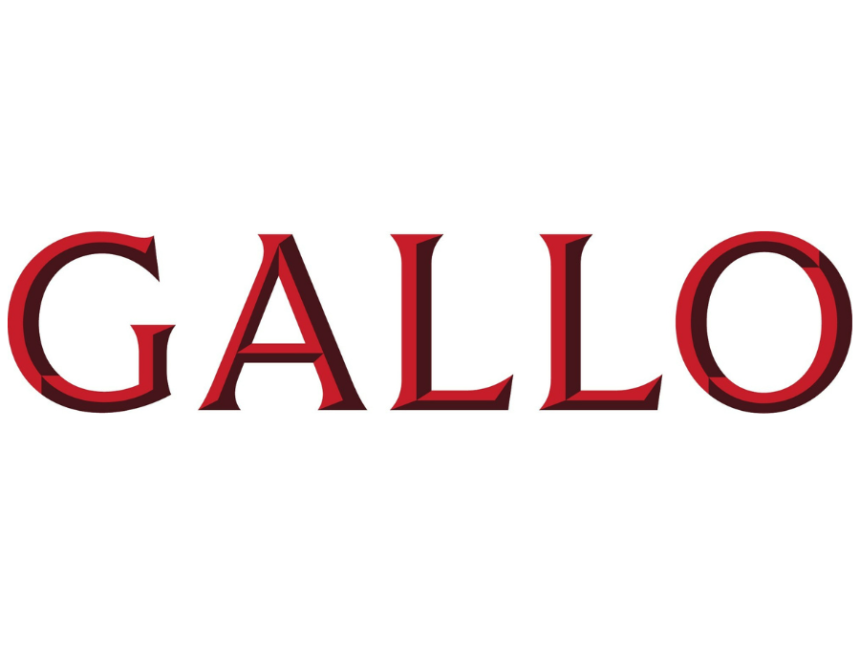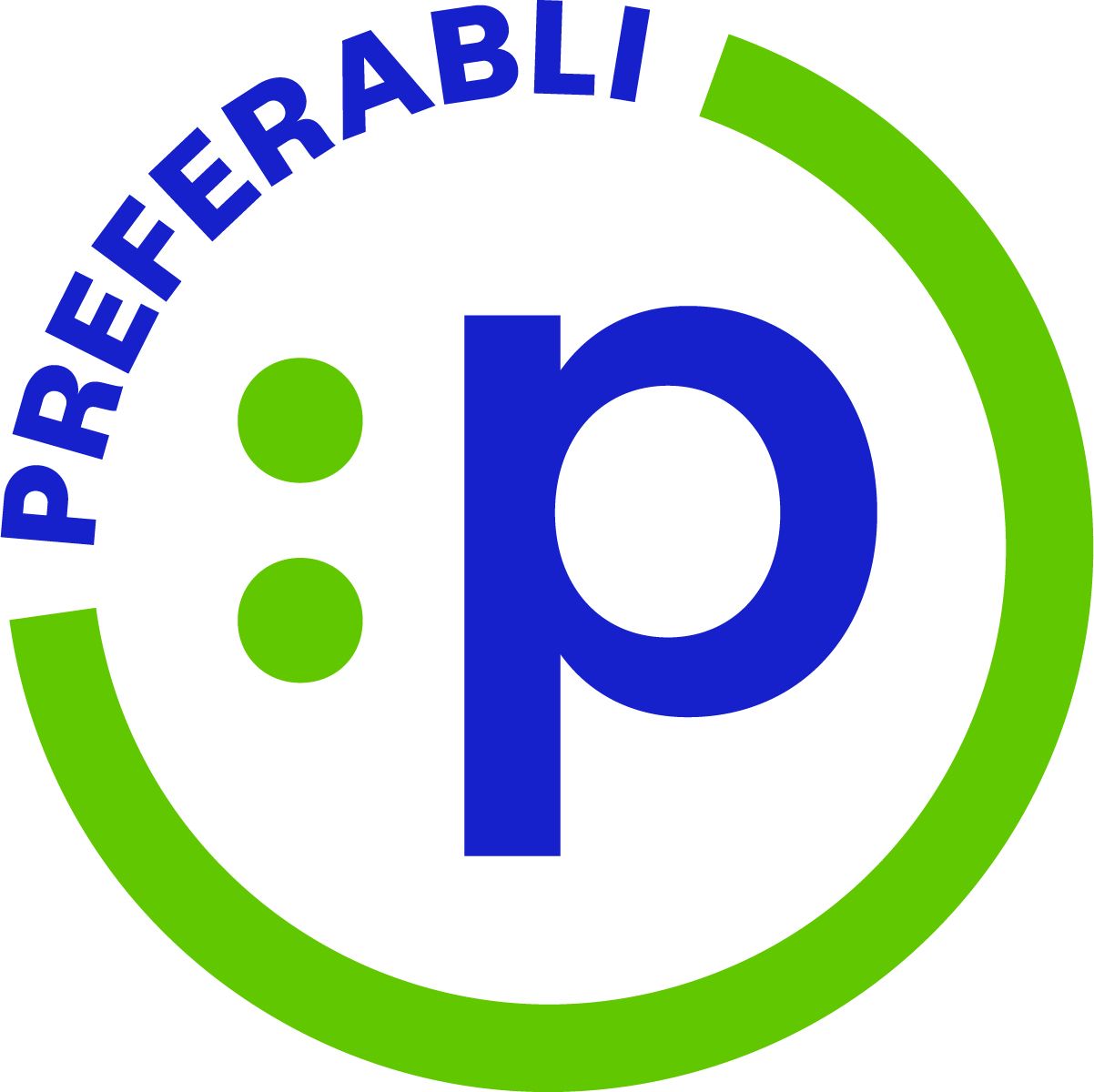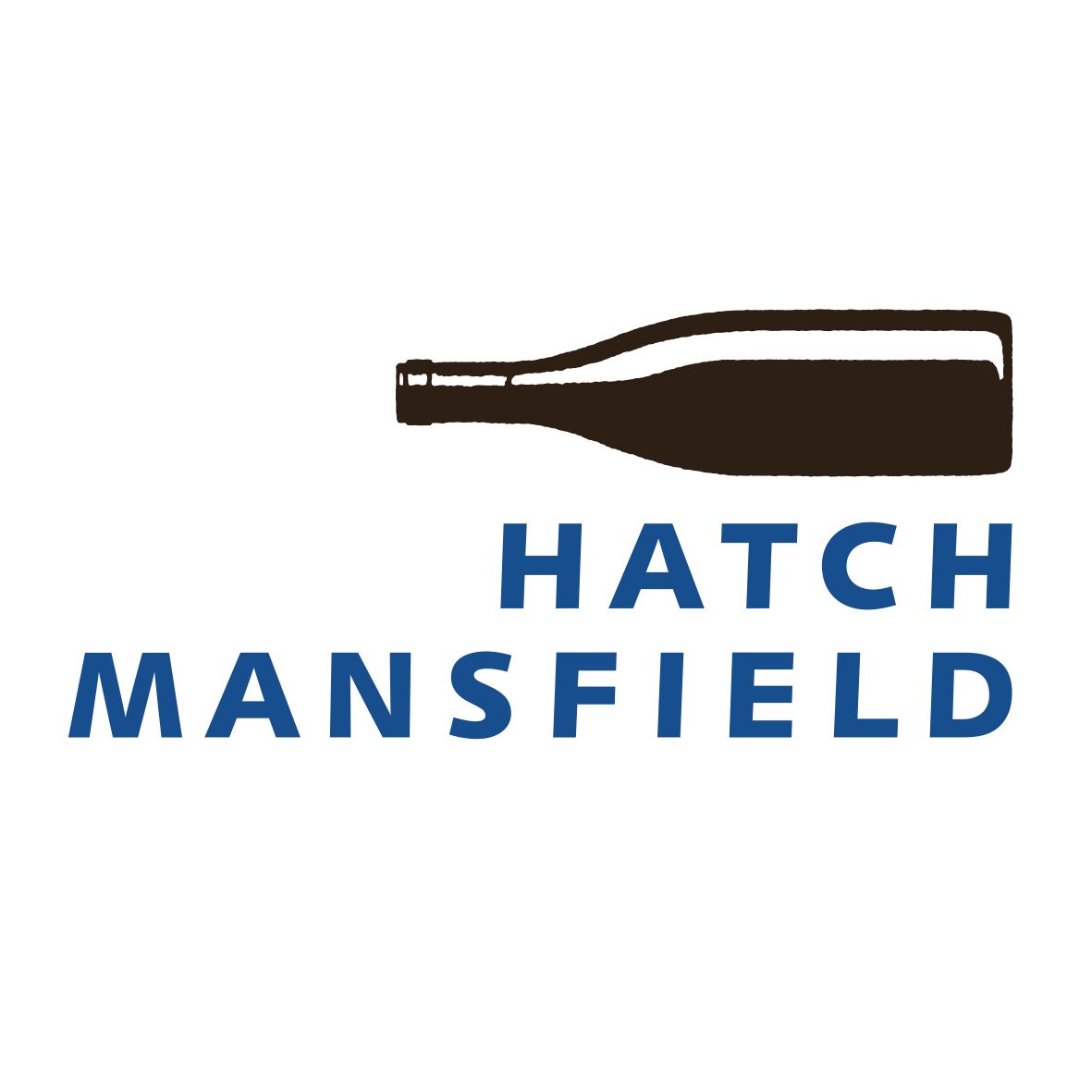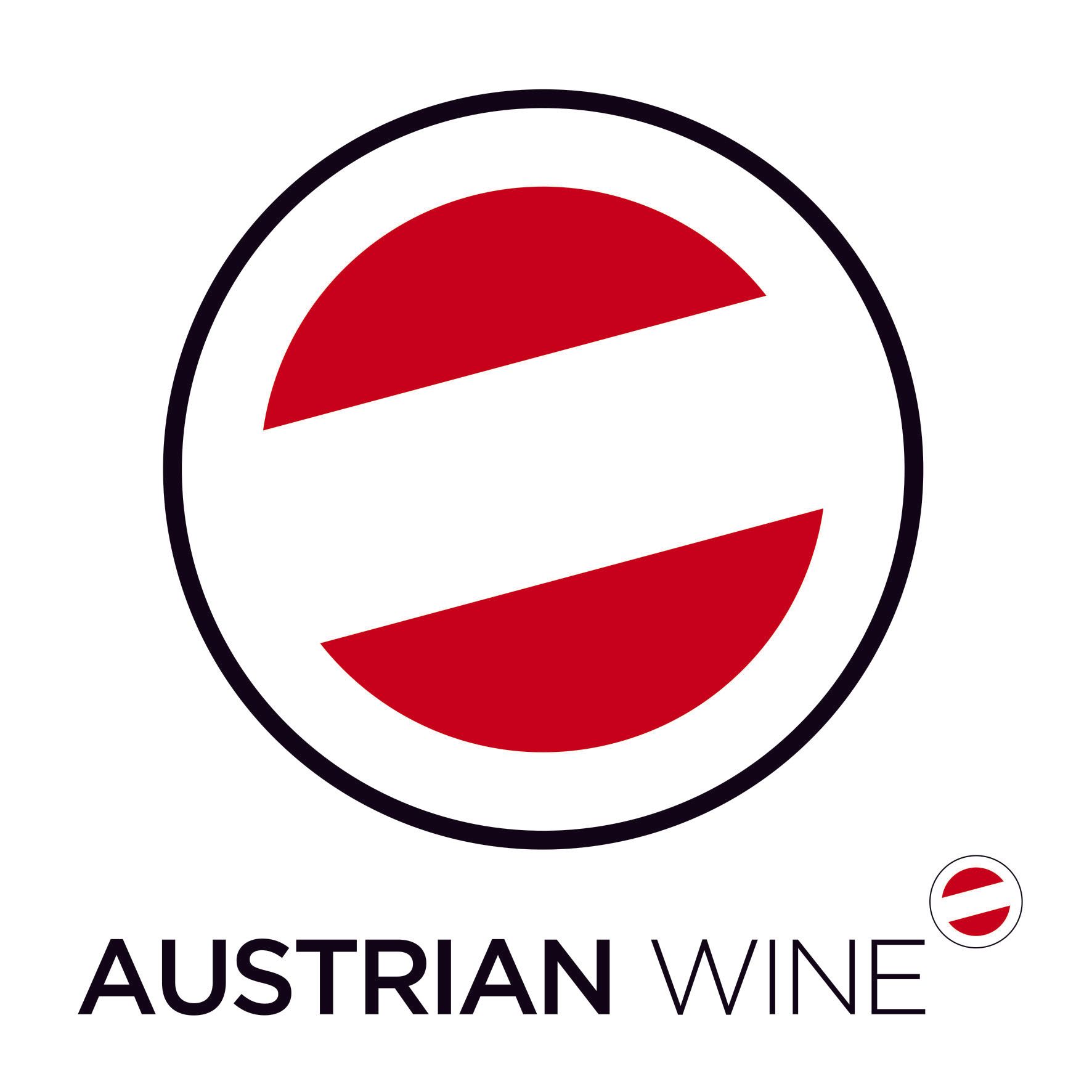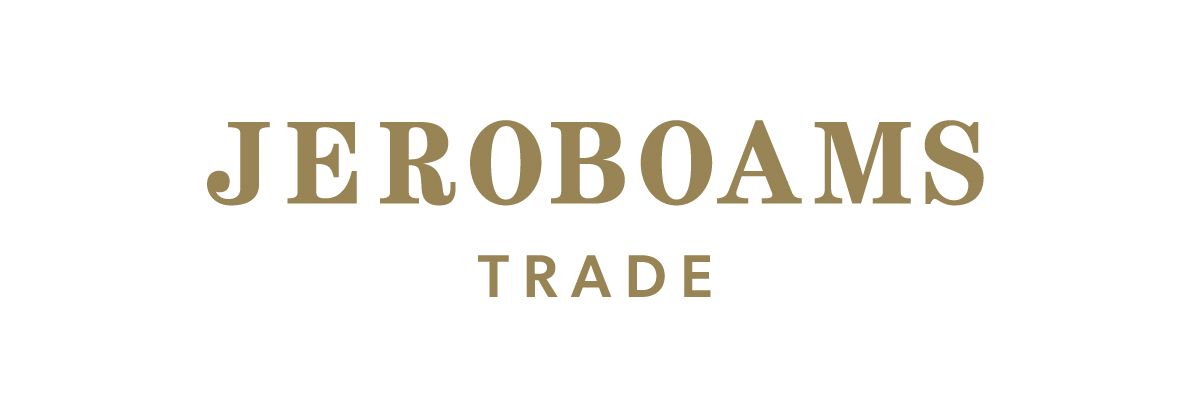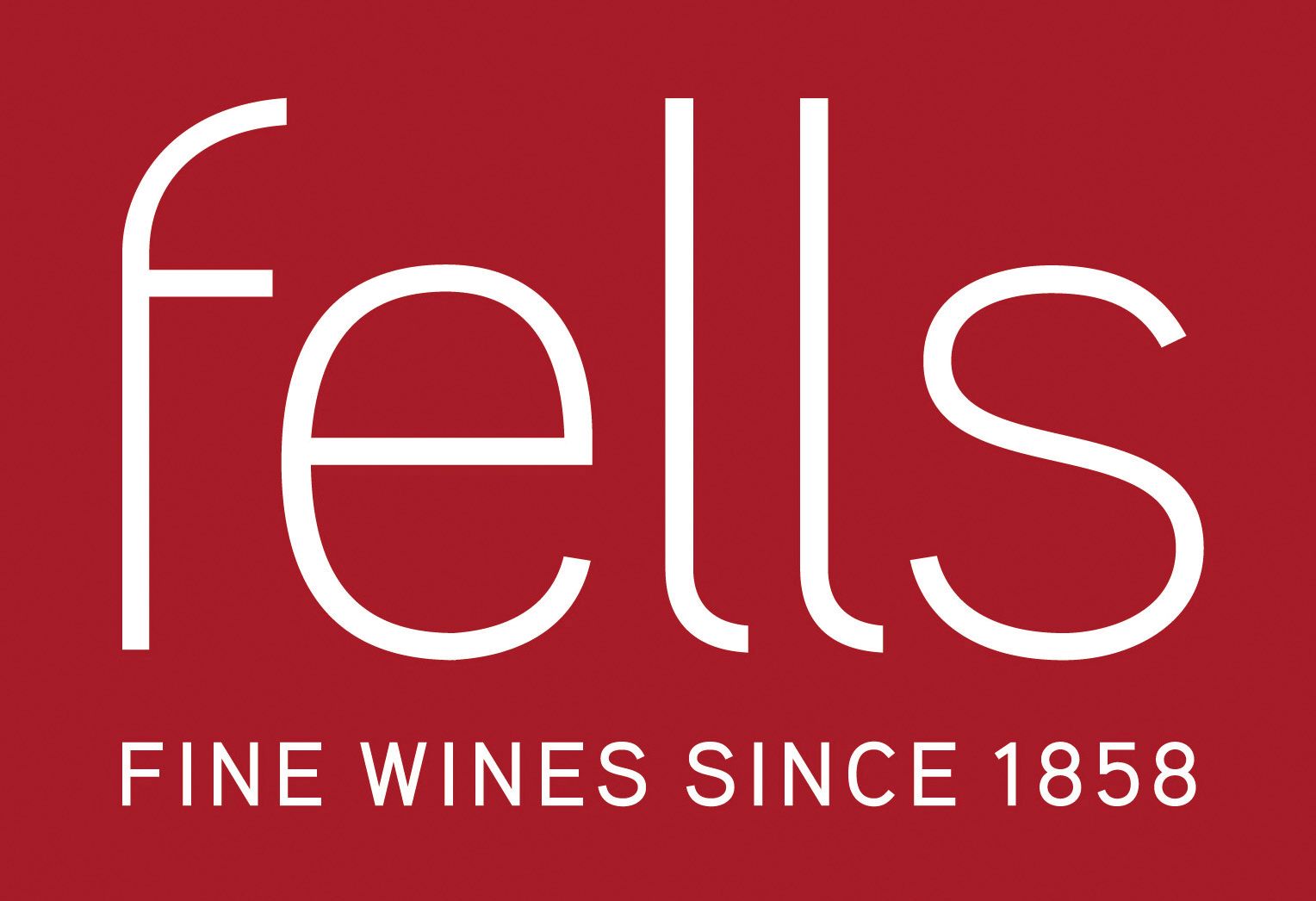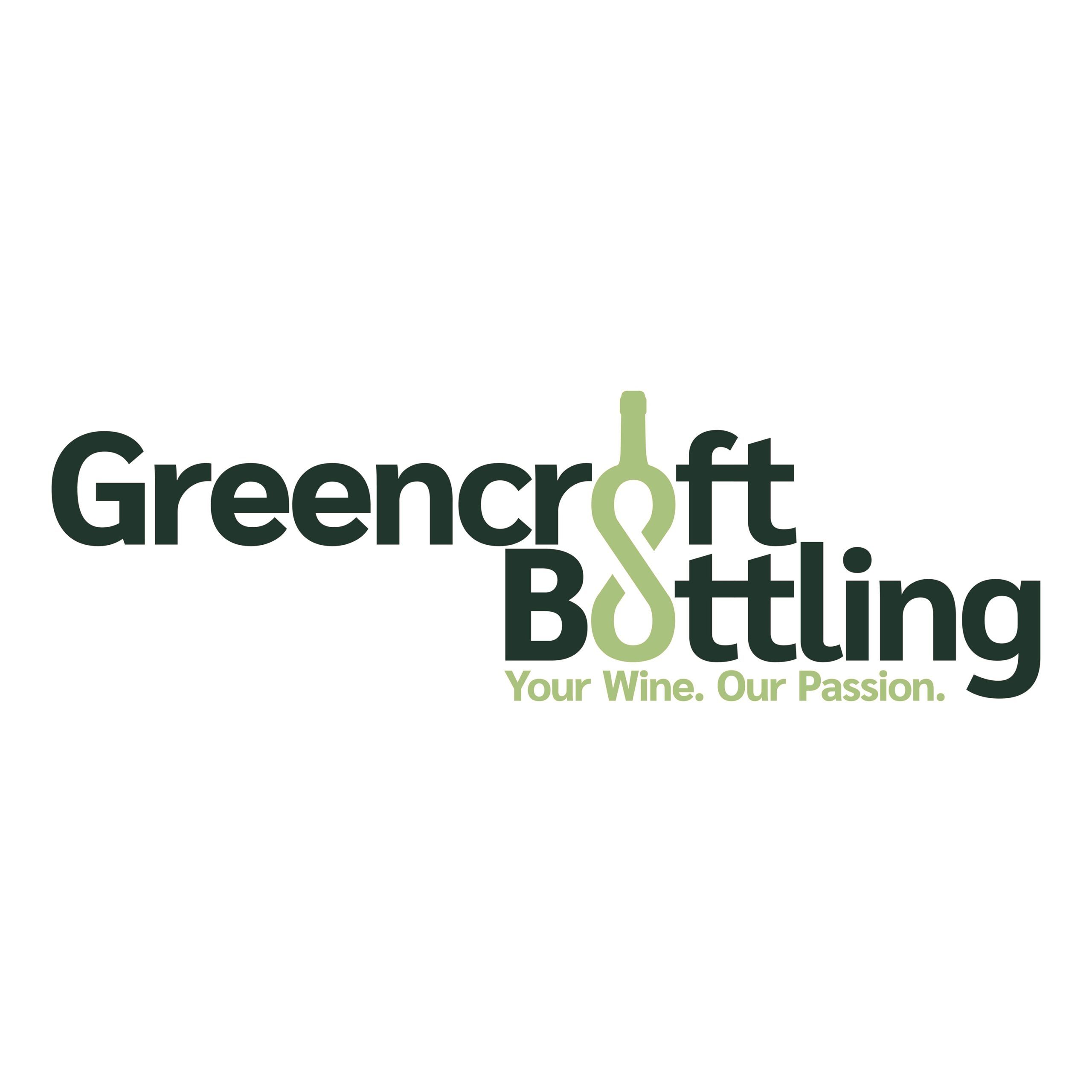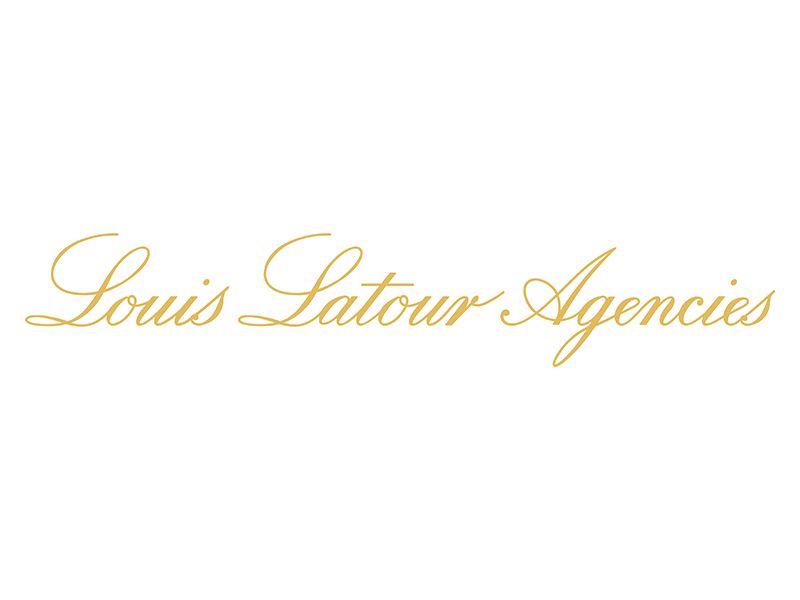Wherever you looked at Wine Paris there were plenty of producers and buyers ready to take on its chief executive Rodolphe Lameyse’s challenge to use the show to “adapt, protect the market, and find new opportunities”.
With the show coming off the back of the new duty changes in the UK it was not surprising to hear a lot of talk about ABV alcohol percentages and what producers, brands, importers and buyers are looking to do to get around the changes.
Encouragingly there was, in the main, a bigger focus on how producers can work on naturally reducing alcohol levels rather than throwing everything into a spinning cone machine.
It is, though, clearly a big opportunity for no and low alcohol wines to move from what is still, despite all the talk and attention, effectively a niche to mainstream drinks sector. But it will surely only be a real opportunity if the quality of wines being made and brought into the market justify all the noise they are creating.
It is noticeable how quickly so much of the trade has moved away from 8% abv wines, that were all the talk of last year's show, in favour of 10-11% where wine quality is more assured - and there is less need for de-alcoholisation.
The big breakthrough will surely come when technology and winemaking practices align to allow for good quality 0% wines that can have the same sort of impact as they have in the beer sector where 0% has become so entrenched that the likes of Guinness are finding it hard to keep up with demand.
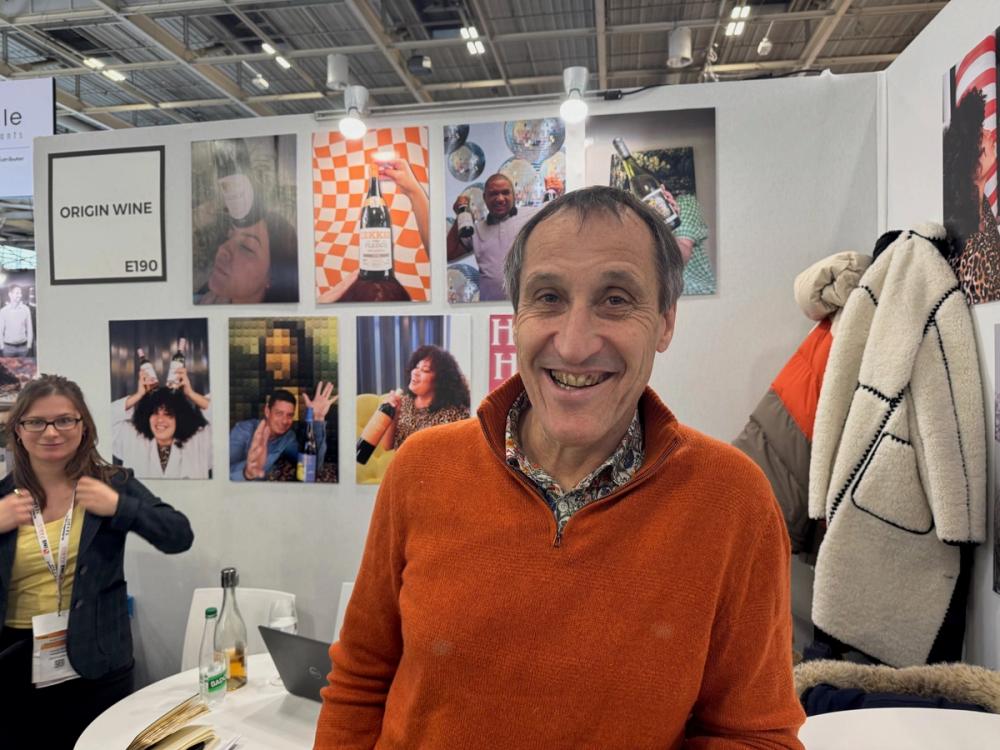
Origin Wine's Bernard Fontannaz believes quality 0% wines can make a big difference to the category
Bernard Fontannaz, managing director of the always innovative and trend setting Origin Wine says it has developed some mid 6% to 8% abv wines but believes the future lies far more with 0%.
“The 0% opportunity is massive. But it all depends on the quality we can produce and the varietal you use. Beer is so far ahead of the game. It has helped to create the category that wine will become part of,” he says.
With an overall wine market in decline it makes sense, he adds, for wine producers, importers and retailers to be looking at what low and no alcohol wines can work. “It can be a positive category for us all and the quality is getting better. But the key is in the vineyard and what work you can do in there.”
Then there are the interesting more wine-based drinks that are being developed. Catena Zapata, for example, its using wine and as part of its new 0% and low alcohol range under the Domaine E de M brand named after Elena Maza, Nicolás Catena’s wife.
A joint Spanish and Argentine project follows extensive research at the Catena Insitute of Wine of on how it could create a zero abv alcohol product using a cold alcohol extraction technique. By using the Spanish variety, Arein, it believes it has the right base to work with first with low-temperature germination and then a vacuum distillation process and make a good quality wine-based drink. The result is a de-alcholised sparkling rosé - N.O ROSAE - that also includes an infusion of rose petals.
The key here is the “sparkling” aspect, stressed Laura Catena. The bubbles help give the wine the freshness, vibrancy and “vinous” life that the de-alcoholising process has taken out.
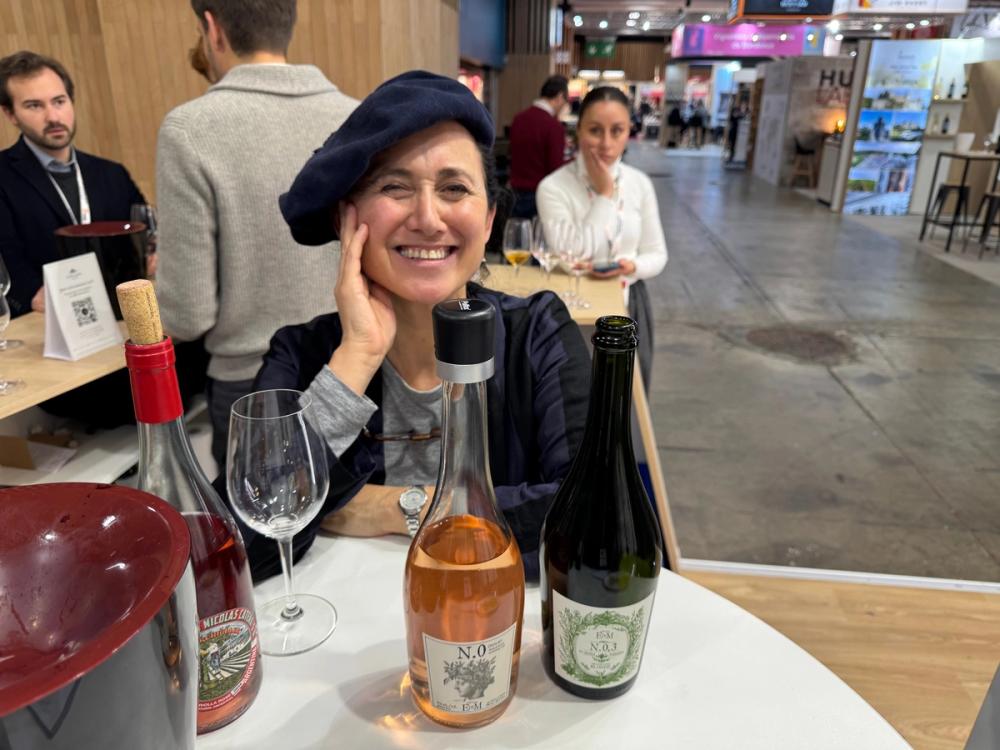
Laura Catena with her new range of low and zero per cent wines at Wine Paris
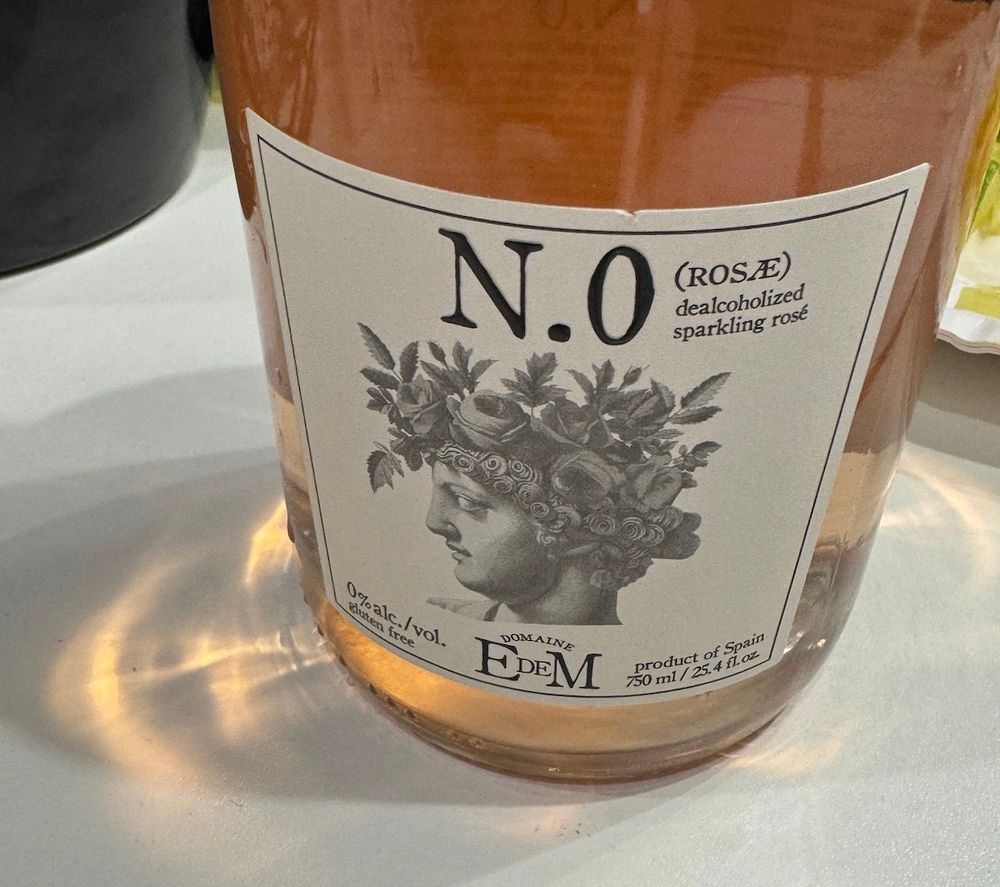
“I think there is a place for everyone,” explained Catena. “There is a place for 0% and 7% and 11%. The difficulty we have is how much do we make?”
The breakthrough for the Catenas has actually come from making their own range of vermouths and experimenting for the first time with botanicals and herbs and spices. All of which could now have a part to play in lower alcohol wine drinks. “We now have that knowledge,” says Catena.
It is also looking to produce a range of no alcohol vermouth-style drink and low alcohol 7% wines using Argentine grapes, viniphera, grape must and verjus.
Mainstream pricing
Stuart Bond, director at Beyond Wines, says having a credible under 10% abv alcohol strategy is now vital for those players and brands who want to stay in the traditional £6-£9 price point area in the major multiples. It is also seeing success in the mainstream on-trade with listings and contracts for 8% to 9% abv wines.
“It will allow people to stay in the mainstream wine category,” said Bond and it is now very much part of any multiple tender at those price points.
“Customers are asking us what our solutions are for low alcohol,” added Alex Green, commercial director at Beyond Wines, so it needs to be a solid part of its product mix as a “solution provider” to the industry.
Bond, though, questions wines and brands that are using the “mid” alcohol message to promote low alcohol wines. “Consumers don’t understand the mid message,” he said. “But when the messaging is around price then that is when we can win.”
But clearly much more research and “trial and error” needs to be done in order to improve the quality and delivery of these wines in order for the category to be truly successful, he added.
“We have gone through a lot of iterations. We saw it in the low alcohol beer category and how the techniques and taste have got so much better.”
Do the right thing
Marc Patch, managing director of GM Drinks, is working very closely with Marques del Atrio, with production and wineries all over Spain, to help develop a range of de-alcoholised 10% to 11% abv wines for UK customers that are based on what he calls a “quality, varietal liquid”.
“If you do it right, you can create something special. It does not have to be packed in the UK,” he argued, which is the issue with some of the bigger brands, particularly from Australia that are “cutting too many corners”.
The key is to work with a “softer varietal” rather than a strong Cabernet Sauvignon or Malbec that will result in a “short finish” in the finished wine, he said. Instead he is looking at what can be done with varieties like Merlot and Sauvignon Blanc and what works well with rosé varietals.
“Then you can get something that is nice and balanced,” he added.
If low and no wines are going to work then the UK is where it will work best for its consumers remain the “most daring and risk taking,” claimed Fontannaz. “They are more curious than they are in more established wine producing countries.”
But he warned: “There has been a push back on duty percentages. People want to have a full wine experience.”
Different and exciting
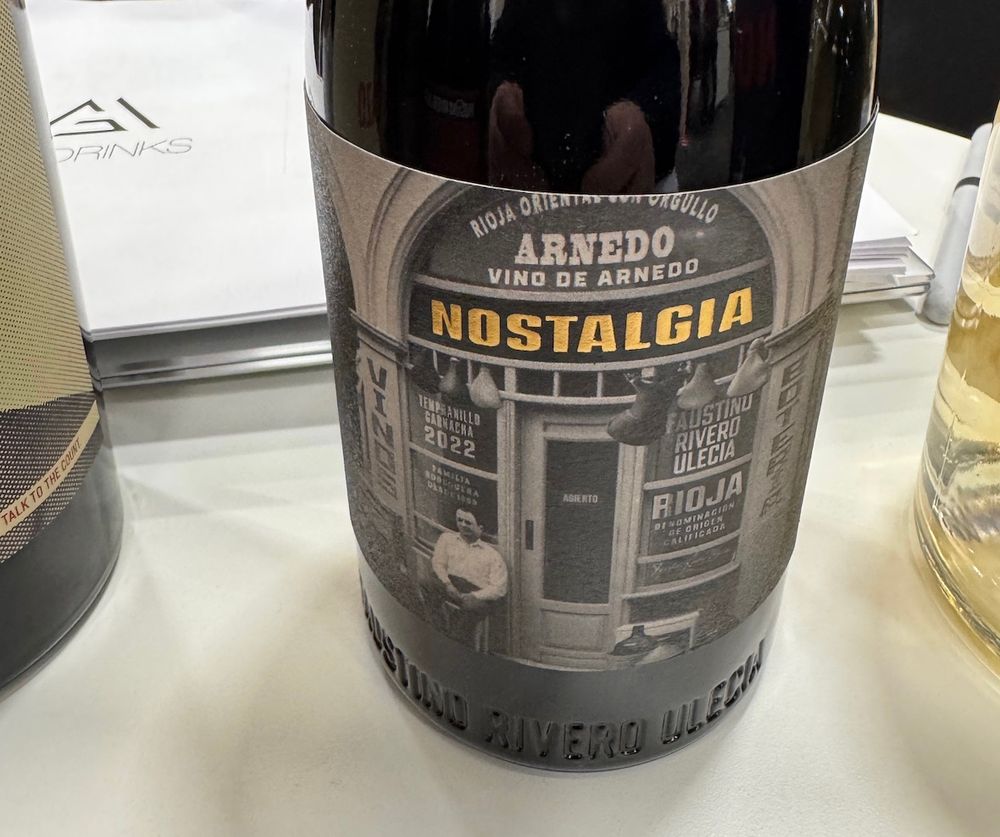
GM Drinks works hand-in-hand with Marques del Atrio to create a number of "concept" wines for different UK customers based on their needs, price points and quality and volume requirements
The beauty of going to an international trade fair is being able to hear so many contrasting views on the state of the market and what different businesses are doing about it. For some it is all about the doom and the gloom, for others it is all about looking for different trading options and being more imaginative, creative and profitable.
Like Patch and GM Drinks. Providing you have the right attitude and are wiling to take risks then the wine market is still there for the taking, he urged.
“People are still drinking wine. Yes, they might be drinking a little less but they are still out there looking for interesting wines to buy. They are bored of your standard Rioja, Bordeaux, New Zealand Sauvignon Blanc, or Mendoza Malbec. We are at a point where you have to be different and exciting. You can’t afford to be lazy,” he argued.
There are, thankfully, plenty of importers and producers like him. They are just a bit more difficult to find and for obvious reasons prefer to do most of their business under the radar.
Between the lines
Wine consultant, Richard Leaver, has carved his reputation as one of the key figures when it comes to “working between the lines”, as it were, to put buyers in contact with the right producers capable of giving them the wines they want.
“We are here to connect customers with producers and find solutions for people. I have never lost that fasciation to find out what styles, what regions and what countries people are looking for,” he said.
For all the noise around duty levels and hitting price points, his core customers in the premium independent wine merchant and wholesale sectors are arguably looking even more “great quality, but value wines”. If they are looking for lower alcohol levels they only want to taste wines that are naturally low.
The new duty changes has certainly opened the door wider for the likes of Leaver who have the contacts and network of producers to turn to. It is, after all, up to him, and his business partner, Domingo Miguel, to provide a point of difference by going out and finding those wines for them, he added.
“There are more opportunities for the entrepreneurs in the market. Those who are a bit more fleet of foot. We are service providers looking for the right solutions for our customers,” he explained.
“You have to look at what is being sold to independents by the big groups and it is all quite ‘samey'. It is up to us to be punching through with something different. You have to really know your customers in order to do that. But we are confident we can do that and find new opportunities,” he added.
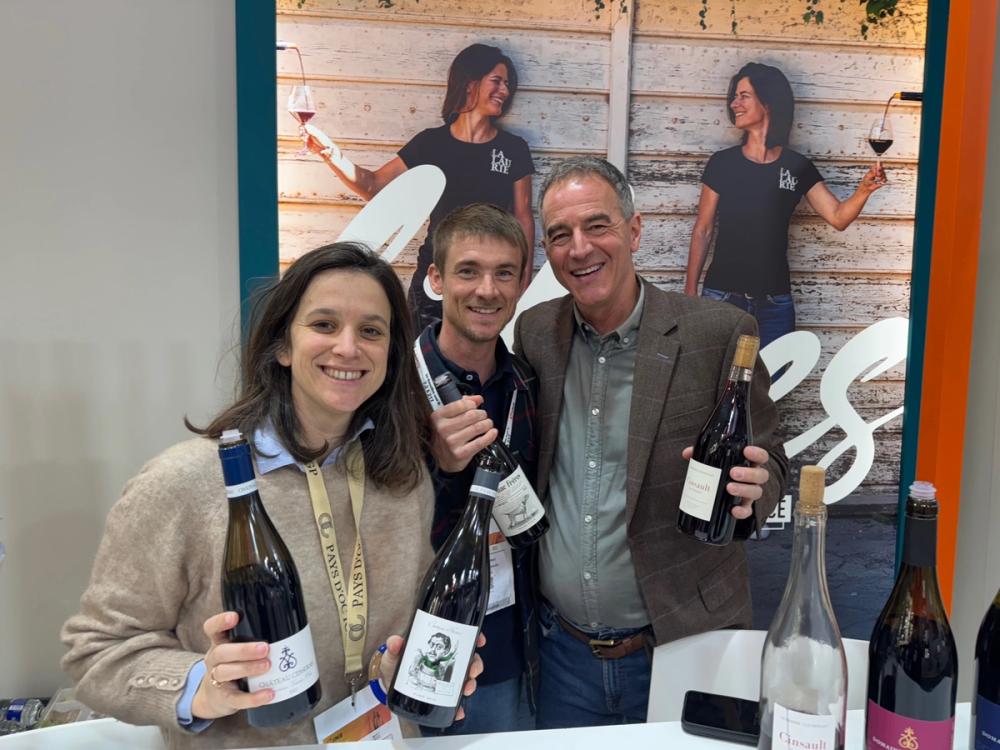
Richard Leaver with Fanely and Camille Ournac of Domaine Coudoulet in the heart of the Minervois had a successful Wine Paris meeting a number of potential UK importers and new partners around the world
Leaver said he had particular success, for example, at the show introducing Domaine Coudoulet in Minervois in the Languedoc and its strong varietal range of wines to selected regional buyers across the UK and Ireland. A young producer that used to work with FMV that has the quality, and depth of range to make the most jaded buyer pay attention, he said. Pointing, in particular, to its single varietal Cinsault which, he said, would be perfect for the chilled red wine category.
Pockets of opportunity
For Alex Green, commercial director, and the team at Beyond Wines it is about working even harder to find the “pockets of opportunity” that they can offer their customers, be it in multiple on or off-trade, with the discounters or in the convenience and independent grocery sectors. “We have to be smart and nimble.”
Particularly with the growth of the discounters into the Big Four multiple grocers at the possible expense of Morrisons and Asda.
“You have to look at your discount strategy now,” stressed Green. “You can’t afford not to be talking to them now and coming up with solutions for them. They are the horses to back. It’s potentially a great opportunity for a company like ours.”
Bond said the major wholesale, convenience and independent grocery channels are the ones to watch. “The cream of the wholesale channel will rise to the top. They are creative and react to change. They are ruthlessly efficient and every brand has its place.”
Producers offering solutions
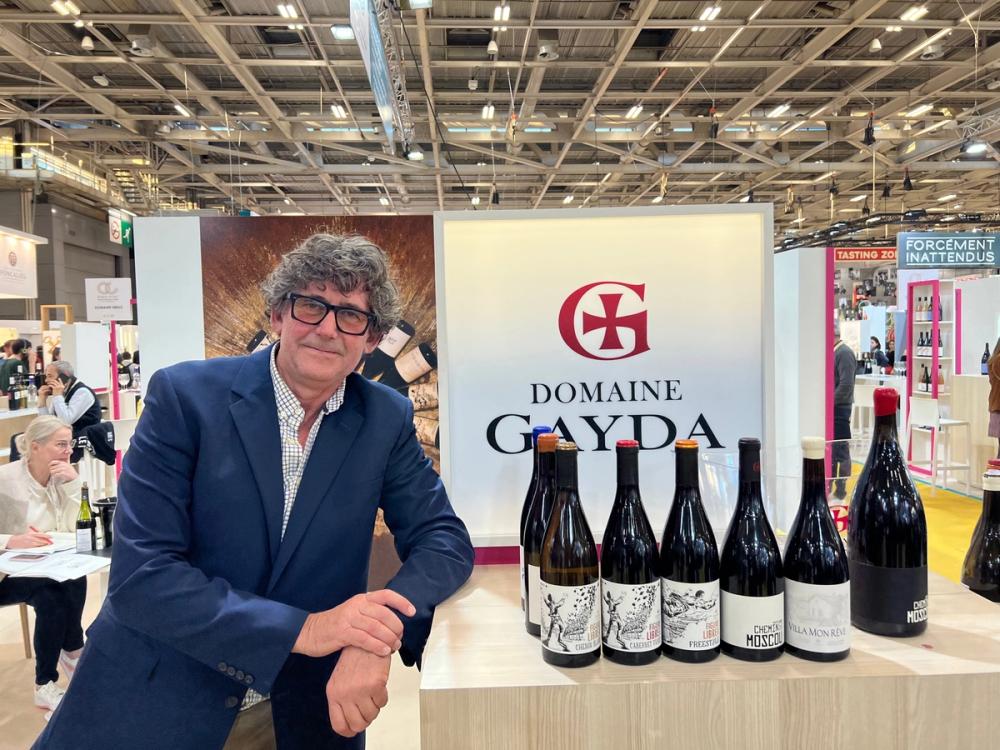
Tim Ford and Domaine Gayda have introduced a new platform that allows them to use their distribution in key markets like the UK to introduce and promote other local Languedoc producers as part of a one size shop strategy from the region
It is not just importers and suppliers who are looking to find new ways of working, but producers too, particularly those with a long track record working in multiple markets where they have the experience to know where they can truly add value.
Domaine Gayda, for example, one of the Languedoc’s leading players, both in France and internationally, was in Wine Paris to promote not just its own wines but the new bespoke producer service - the Languedoc Family - it is now running promoting around 20, mostly smaller, wine producers from the region. A chance for them to use Domaine Gayda’s strong distribution position in key markets and a chance for its customers to access and be able to pick out wines from an impressive and diverse range of over 120 wines.
Rather than see them as competition Tim Ford, Domaine Gayda’s managing director, says they can be strong allies working together, and it has already seen sales of its own wines increase in France, both in existing but also finding new customers as a result of offering the service to its French clients.
James Harvey, sales and marketing director, added: “We realise more than ever it is about service and what we can do to help our customers. We want Domaine Gayda to be seen as a solution service provider.”
The new tailored wine service is looking at its customers needs and how Domaine Gayda can be more relevant to what they are looking for, added Harvey. It is also able to make up mixed pallets and cases of wine to suit a customer’s buying needs and allow them to “rotate and take different selections of wine” throughout the year.
Crucially Domaine Gayda can offer regional wholesalers and major independent merchants exclusivity for all the wines in their area of the country.
The Trump factor
Whatever steps Wine Paris takes to make it the most efficient and relevant trade show in the world it has to be seen in light of the overall turbulence in global trading and the increased threat of world tariffs on the back of President Trump returning to the White House. Tariffs that could have a major impact on where international producers focus their time, resources and efforts in opening up, or closing down key markets around the world.
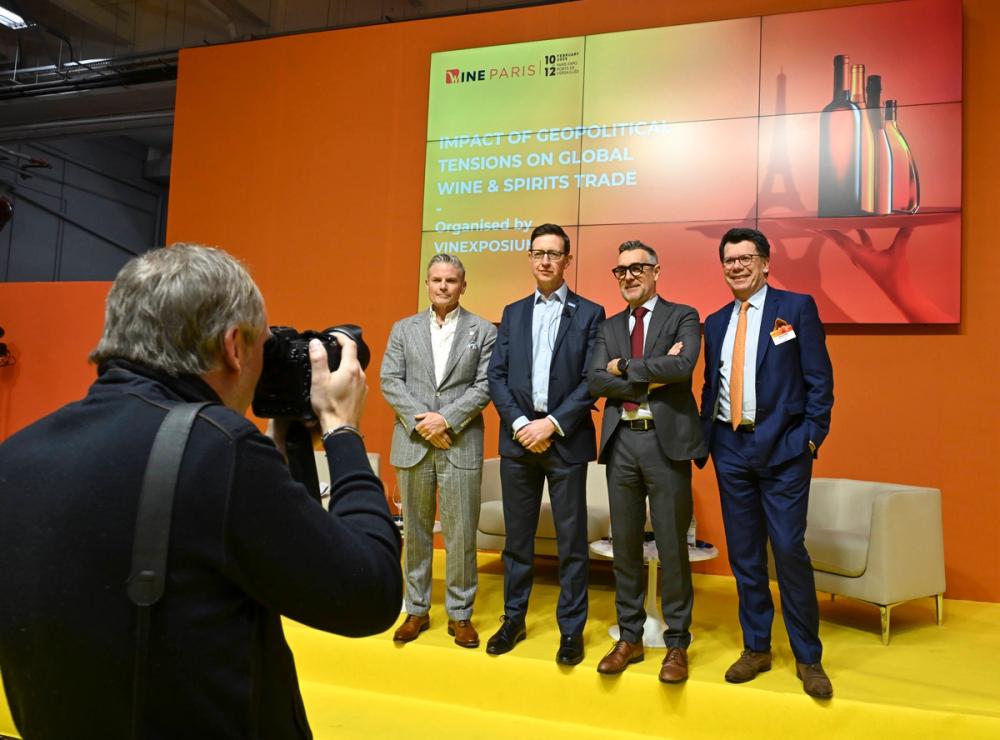
The geopoitical debate at Wine Paris. Picture Jean-Benard Nadeau
It provided the backdrop to a fascinating debate held at Wine Paris on the impact of geopolitics on the international wine and spirits sectors hosted by Wine Paris and Vinexposium’s chief executive, Rodolphe Lameyse with: Miles Beale, chief executive of the Wine & Spirits Trade Association; Nicolas Ozanam, managing director of the Fédération des Exportateurs de Vins & Spiritueux de France (FEVS); and Don Saint Pierre, wine strategist and former co-founder of influential Chinese wine distributor, ASC Fine Wine.
They were speaking ahead of Trump’s actions to not only try and fast track an end to the Russian and Ukraine war, but introduce trade tariffs on China, and make further claims that the EU and all VAT charging countries won’t be far behind - including potentially the UK.
Miles Beale did not pull his punches when considering the impact of trade tariffs around the world: “Last time, it was disastrous for the wine trade, and we must prepare for a similar situation.”
The UK, he added, is particularly “exposed” as it is the largest exporter of spirits in the world and the second-largest importer of wine.
Don St Pierre, meanwhile, said he is “more optimistic than pessimistic” about the return of President Trump when it comes to international trade. Particularly and perhaps surprisingly considering the current tit-for-tat tariff trading war taking place, a re-opening of new trade opportunities in China that “were not possible under the last administration”.
He believes Trump ultimately “wants to do a trade deal with China” and the 10% initial tariffs are one step in a long term plan to make that happen. If it did it could, he stressed, have major knock-on benefits to wine and spirits trading if it helps kick start and re-energise consumer and business confidence China.
“A deal between the US and China is a real possibility and if it happens it will have a stabilising effect on the world and create a lot of opportunity globally,” claimed St Pierre.
He has noticeably decided to return to live in Shanghai after a decade away living in the US.
“It all rests on Chinese consumer confidence,” he added. “So there will be opportunities for exports to China as the consumer and the economy get stronger.”
Particularly if China and the EU can also “resolve their difficulties” and “create a new paradigm for co-operation and trade”.
Beale believed the door is now very much open for Europ to take on what he sees as a “leadership gap” when it comes to global trade policy, as China and the US become increasingly distracted by each other.
As for the UK he is “pessimistically optimistic” that it has already been through its most turbulent years of Brexit, and political upheaval and that it is now well placed to kick on whilst other nations suffer similar distractions.
The UK has had what he called its “crash course in trade relations” and is now doing well in picking out new free trade opportunities around the world, like in Australia and New Zealand. Could it strike a deal with India? Even the United States? Beale thinks it is “possible” and worth fighting for.
But the likelihood is it will end up being more “aligned” to the needs of the EU.
“We will need to be opportunistic. There is lots of uncertainty and we can’t afford to sit still,” he added. Particularly if it wants to maintain its position as “one of the largest importers of wine and spirits in the world”.
Embrace uncertainty
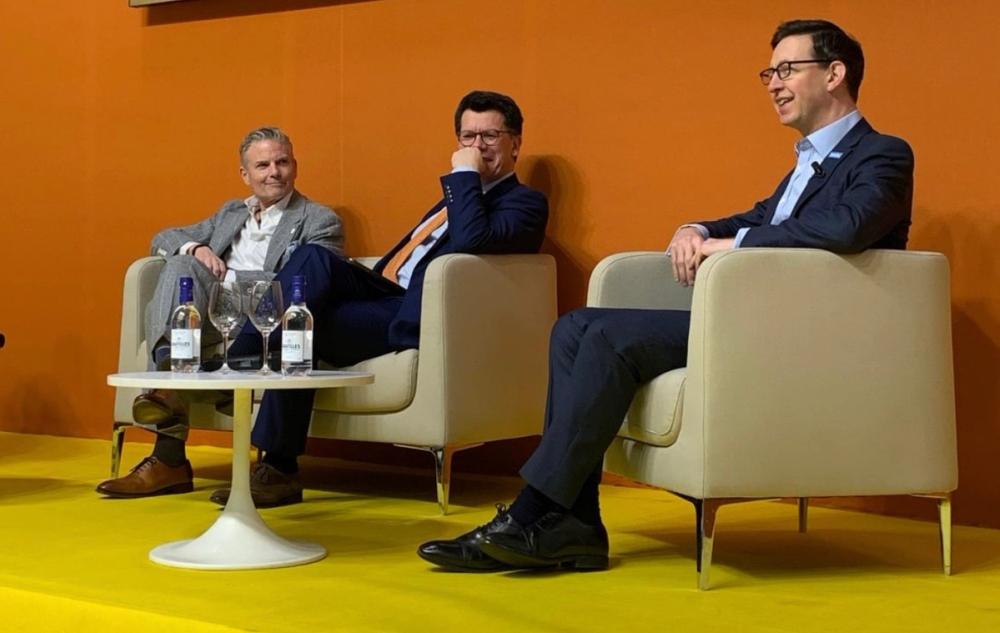
We live in uncertain times and the best operators will be the ones that make the most of that uncertainty
It is the uncertainty of the global situation that makes it so hard to predict and make assured choices, said St Pierre. “We have to embrace the uncertainty of the moment,” he added in a market where “uncertainty is the highest it has been in my life.”
Ozanam said it was heartening to see so much business being done in Wine Paris and that despite the “chaotic” world we live in, we have all found the time to come and do business with each other.
“Things can only get better,” is how Beale wanted to look ahead, but he warned the wine industry it was still too bogged down in jargon and the language of wine and it needs to collectively do better to “make things simpler” if it was to connect and engage with the next generation of potential wine drinkers.
Get that right and it could have “big impact, very quickly”.
The final world goes to St Pierre who said the biggest advice he could give for brands and producers alike is to “look at your core competencies” and “where you are going to target your resources where you are going to get the biggest bang for your buck”.
Which is exactly what producers, suppliers and buyers were doing to maximum effect at last week's Wine Paris.
* You can read part one of The Buyer's analysis of this year's Wine Paris here.
